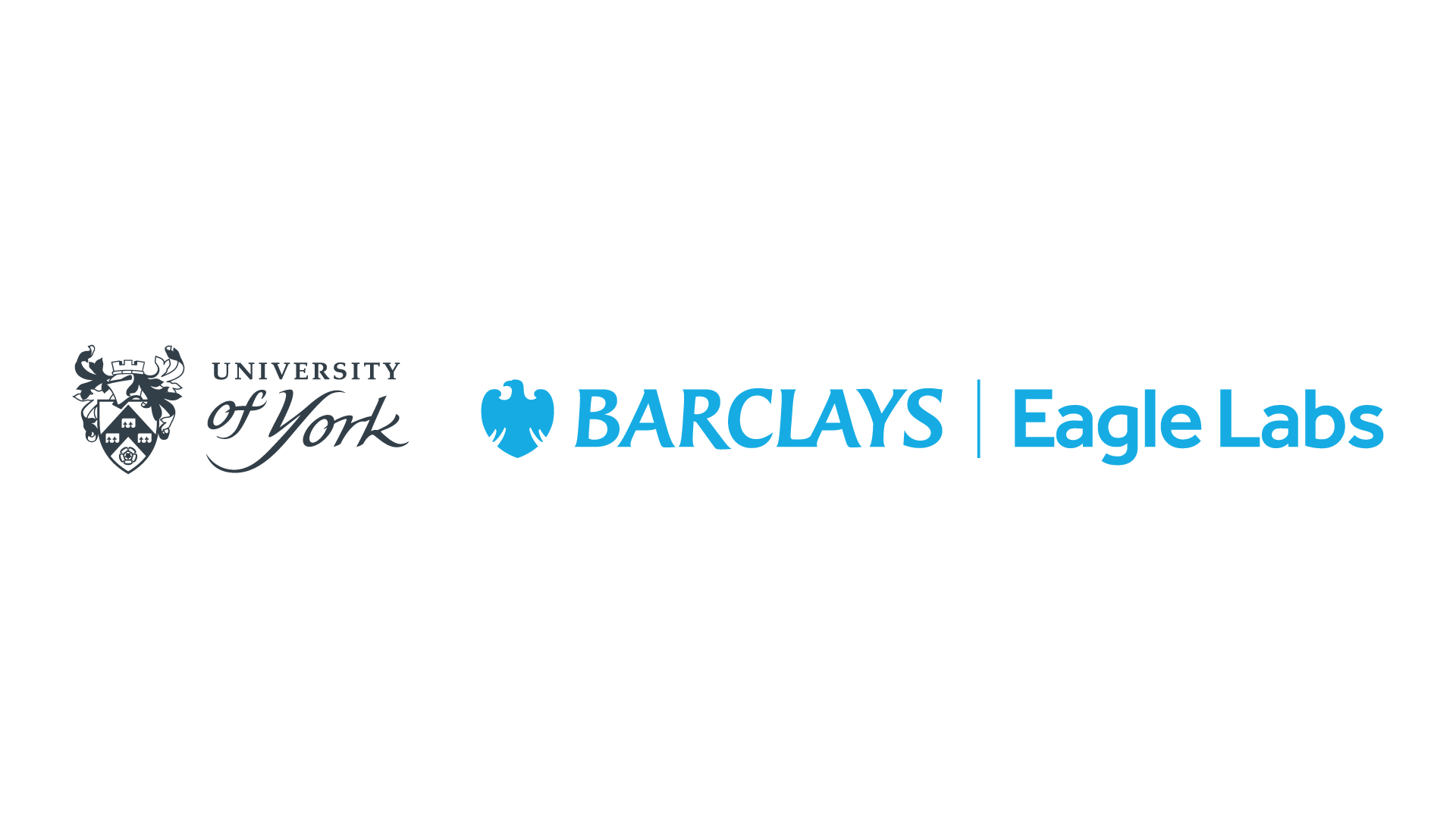
The hidden dangers of AI: from theory to practice
Event details
Our first speaker, Dr. Dimitar Kazakov, a Reader (Associate Professor) in Computer Science at the University of York, and a member of the CS Artificial Intelligence group, will delve into the intricate realm of "AI and Bias." Dr. Kazakov's expertise spans the development of AI algorithms and their practical applications in embedded systems, financial forecasting, and healthcare. Join us as he explores the nuanced interplay between artificial intelligence and bias, shedding light on its implications and offering insights into the evolving landscape of responsible AI.
Following Dr. Kazakov, we have the privilege of hearing from our second speaker, Stephen Tait, the Head of Engineering Delivery and R&D at Omnicom Balfour Beatty. With a robust background in project management and a demonstrated history of successfully delivering complex technology projects and products in the transportation sector, Mr. Tait will share an illuminating "AI business case study". His focus will be on leveraging artificial intelligence to enhance safety measures within the railway industry. Expect a compelling narrative that delves into the real-world application of AI, showcasing its potential to make significant strides in ensuring the safety and efficiency of railway systems.
Institute for Safe Autonomy
Find out more about the Institute for Safe Autonomy
"Within our purpose-built living lab we are establishing an ecosystem of interdisciplinary collaboration. ISA is home to over 100 independent experts from disciplines including Physics, Engineering, Quantum Communications, Politics and Law, who are working across sectors to ensure that a safety-critical approach is taken to the design, development and deployment of autonomous systems." Director, Prof. Miles Elsden
View the recording of this event on our YouTube channel
Q&A transcript
Q: Coming back to the rail inspections, I can see that that could be useful but you say it's about business value and benefit. Have you measured how that has improved rail services, particularly in the north of England, because there's been a lot of criticism of rail services in the UK so presumably it has improved?
A: Railways at the moment are really struggling with funding and I think if you look at the news at the moment you will see it's still a very heavily unionized industry as well and there are a lot of cost cuts across railway. It works in a thing called control periods where the government allocate a set of funds for every five years so measuring the value it's a tricky thing because it's like that there are a lot of intangible benefits from the data. There was a report I did see where what concluded from the system delivery that when you look at it statistically, faults still occur in rail. What we've started to do though is see a reduction in the amount of critical faults in rail because the consistency of reporting has increased and whilst you've taken what we've managed to do is take away the people walking out on the track to find faults and what changes the mentality towards being able to focus people who go on the track to fix faults so what you've seen is a is a more consistent track inspection but also the focus of that resource on fixing faults before they become significant faults.
Q: Related to the question that asked by was asked by the gentleman there, I believe there is a continuum between beginners of folds which are may not need assistance and very critical ones that need assistance and there's also capacity of engineers repairing so is there a lot of redundant analysis that you do kind of rediscovering folds that have not been looked after or what's the whole workflow?
A: The way the system is designed and the way it's implemented is designed to take each inspection as an independent inspection. It's interesting though because it occurs every four weeks, you can start to drag out trends, so I think one of the next big things is around change detection in the infrastructure. It's always been a constraint with the volumes of data to be able to do that but now it's starting to become more viable to look at that change in that infrastructure condition over time, and you can start to drag out and predict certain things based on the scale of change. Something like a broken rail though will occur in an instant in the matter of hours dependent on the condition of it so um it won't work in all cases, but I think change detection was probably the next big thing. There are other track measurement systems that are lower cost, less data hungry. There can be mounted things like passenger vehicles where you can start to drag out certain trends from a lot more frequently because a passenger vehicle will go A to B day in day out the volumes of that data to this to this day have always been a challenge because it's too much data to serve to an engineer but with AI and with um other things that you can use that data with you can start to automate those decisions and start to extract that intelligence a bit more dynamically and present the results or the outcomes to your end users.
Q: There are a lot of tangible benefits to using AI and Omicon has had the vision to get on board very early on what would you say to other companies not yet engaged with incorporating AI in their activities?
A: What I say to other companies, there's a fear factor I think of what I say to other companies, there's a fear factor I think of not embedding AI into your organization at the moment. Working with a wider construction company I see all the time that we're always looking at ways of embedding AI at the moment out of fear as much as anything else of being left behind. It won't working for everything I don't think. We had a decent play around with large language models earlier in the year but I'm certain there are probably some commercial benefits there but initially we found more productivity benefits internally so I think at the moment it is driven by the general fear of being left behind but only certain companies were able to adopt that into a commercial model I think.
Partners

Contact
Nadine Waehning